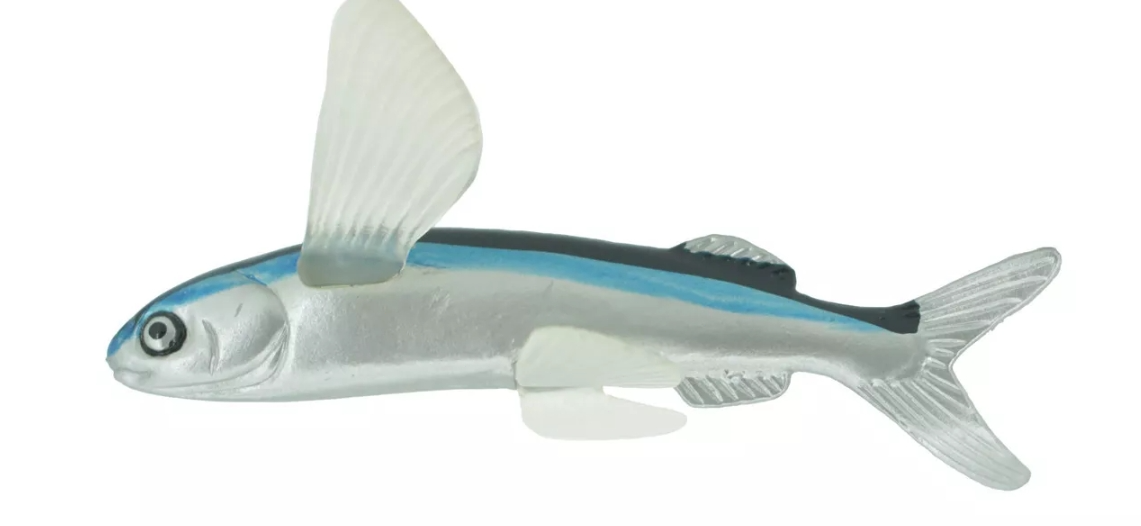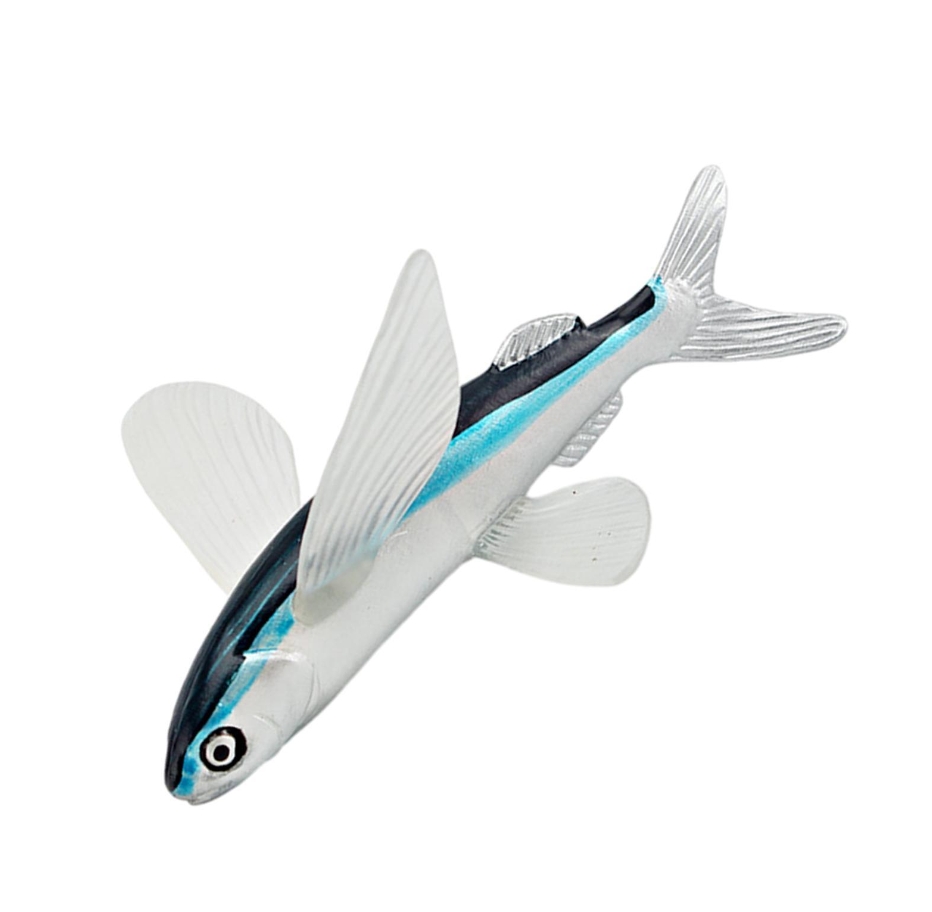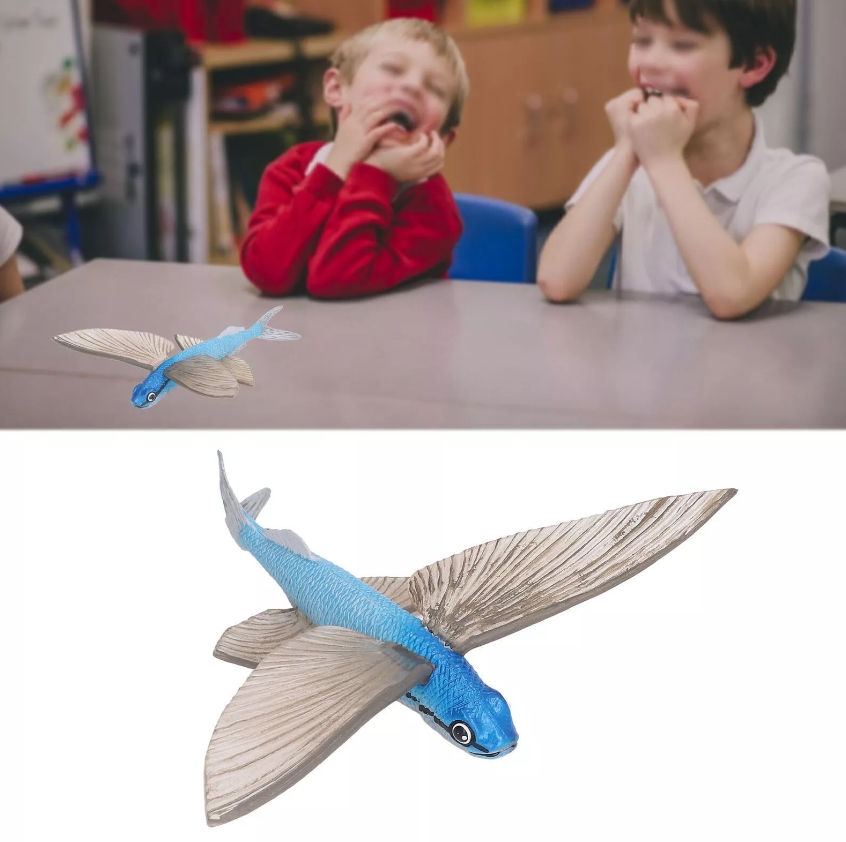The flying fish model is a tool used to describe and analyze the behavior of dynamic systems. Because of its unique structure and function, it has been widely used in many fields. The flying fish model consists of several key elements, including input, process, output and feedback mechanism. These elements work together to enable the system to adapt to different environmental changes.
In the Flying Fish model, inputs are information or resources received by the system, which can come from the external environment or from within the system. The nature and quality of the input directly affect the subsequent output and performance of the system. Therefore, how to effectively manage and optimize the input is the key to ensure the efficient operation of the system.
The process part refers to the internal operation mechanism of the system, including various algorithms, models and decision rules. These processes determine how the input is processed and transformed to produce the final output. In order to improve the flexibility and adaptability of the system, the use of modern technical means, such as machine learning and artificial intelligence, can greatly improve the level of intelligence of the process,so that the model can make more accurate decisions in complex environments.
The output is the end result of the flying fish model,usually in the form of a product, service, or information for the system. The quality and effect of the output are not only related to the success or failure of the system itself,but also affect its competitiveness in the market. Therefore,the pursuit of high-quality output is an essential task.
The feedback mechanism plays a crucial role in the flying fish model. It allows the system to adjust inputs and processes according to the output results,thus forming a closed-loop feedback system. By analyzing the output results,the system is able to continuously learn and optimize.




